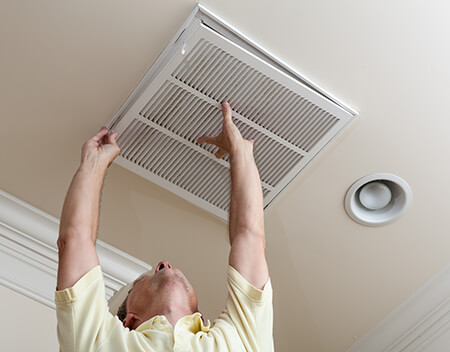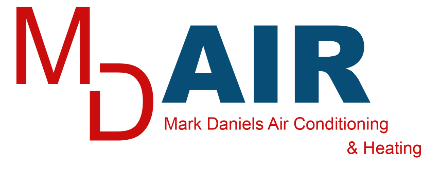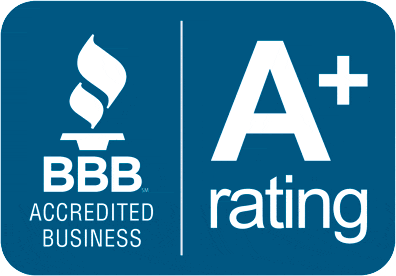Licensed | Bonded | Insured
How To Protect Your Home From Allergens
Allergies and asthma are a growing problem. The Asthma and Allergy Foundation of America says, “More than 26 million people in the US have asthma, and allergic asthma is the most common type, affecting around 60% of people with asthma.” Improving your home’s air quality can reduce common symptoms like wheezing and shortness of breath. Start by updating your HVAC for allergy relief.
The main culprits that lead to asthma and allergies in your home include dust mites, pollen, pet dander and cockroach droppings. Your HVAC system is designed to protect your home from allergens (and more), but if it’s not optimized properly, it may be blowing the allergens around. Here are 4 reasons everyone should update their HVAC for allergy relief, even if you don’t personally suffer from asthma or hay fever.
1. Your HVAC System Can Be Hiding Mildew And Mold
Mildew and mold thrive off dark and damp places. And an improperly maintained HVAC system may be collecting condensation and humidity in hidden zones. Turn your contaminated AC or heating on and you may inadvertently blow the mildew and mold into the room.
HVAC allergy fix: Schedule an annual maintenance visit with a licensed professional to make sure your system is working properly. Make sure the HVAC maintenance visit includes having all ductwork cleaned and changing the air filters.
2. Your HVAC Filters Could Be Making Your Allergies Worse
HVAC filters are meant to capture debris. But if you don’t clean or replace them regularly, they could become overloaded with allergens and blow allergens like dander, pollen and dust mites back throughout the home.
HVAC allergy fix: Clean or replace your HVAC filters every two to three months.
3. Your Home’s Air Is Stagnant
Just because the temperature indoors is fine doesn’t mean you shouldn’t run your AC occasionally. Homes nowadays are so well insulated that there’s a side effect: pollutants and contaminants can’t escape.
HVAC allergy fix: Run your HVAC system regularly, even if just for 20 minutes, to circulate air. The AC ventilates your home by pumping in fresh outdoor air and pumping out the stale indoor air. If you have a programmable thermostat, you can schedule your system to run at a time and duration of your choice.
4. Other Types Of Microbes And Bacteria May Be Growing In And Around Your HVAC Unit
Besides mold and mildew, other organisms can thrive in the warm, damp and dark environment of your system. According to abatement.com, fungi, mites and bacteria that thrive there can “produce adverse effects” to one’s health. Air filters made of cotton and cardboard can provide food for these microbes, allowing them to multiply quickly.
Once you allergy-proof your HVAC system, tackle the rest of your home.
5. HVAC Purification Systems
Did you know most people spend up to 90% of their time inside? Often indoor air is up to 10 times and sometimes even up to 100 times more as polluted as outdoor air. Using Air purification systems in your Heating and Air Conditioning unit can help reduce pollutants that can contribute to headache, fatigue, lung irritation and foul odors. Help your home fight Seasonal allergies, mold, pollen, germs, volatile organic compounds, and odors and reduce airborne particles by contacting an HVAC Specialist in Arizona. Learn More about HVAC air purification systems!
Call Your Gold Canyon, Queen Creek, Gilbert, Mesa, Apache Junction, Arizona HVAC Specialist today, Contact Mark Daniels Air Conditioning & Heating now!



